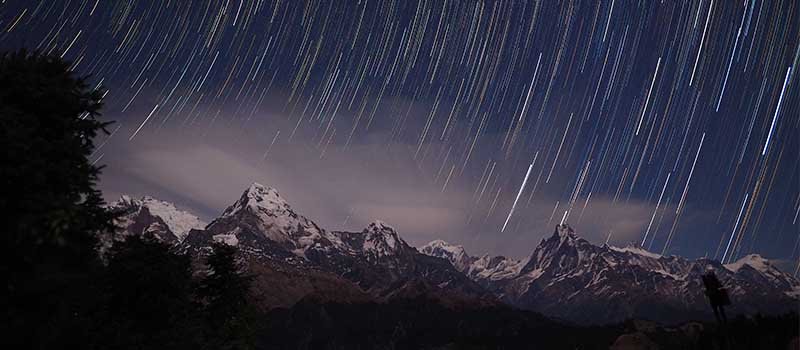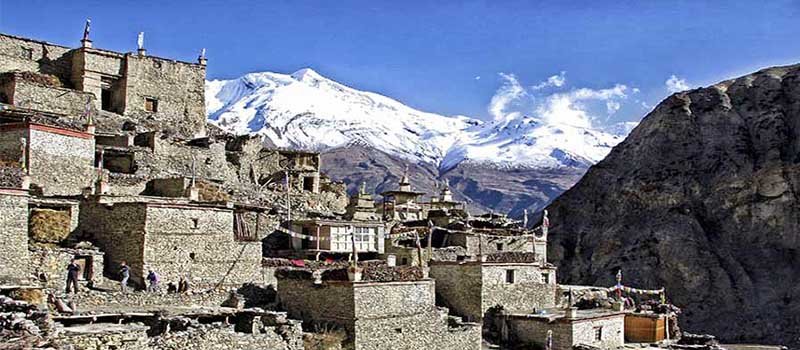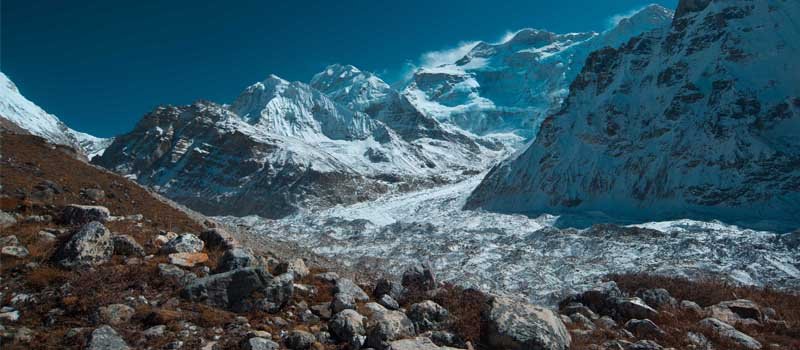Less explored trekking destinations in Nepal

- 05-Mar-2017
- 0
If you know what trekking means then you must have known about Everest and Annapurna treks. You are reading this article then most probably you have been there too. Yes, these are the most popular hiking adventures in Nepal for a very good reason: excellent panoramic views of snow-capped Himalayas, well-built trekking route with teahouses and other facilities, diversified culture, and landscapes with trail routes and options suitable for any experienced or beginner hiker.
However, if this is not your first time in Nepal and you have already been to popular places, then you might be interested in having a quick hint about lesser-known treks. These treks are somewhat different than the regular ones and thankfully even though being a small landlocked country, Nepal offers a plethora of hiking activities around the foothills of the Himalayas many of which are still off the beaten path. These lesser-known treks are usually in rural areas far from major cities like Kathmandu and Pokhara. In this similar way, some are restricted trekking which needs a special permit and recently opened for foreigners. Usually, these treks need to be arranged with a local trekking company that manages all logistics from food, accommodation (camping), porter, guide, transportation, events, and other services. Getting all these things done and the overall adventurous experience we get is what makes these treks rewarding. Some of the lesser-known treks in Nepal are as follows:
Tilicho Lake Trek

Trek to the highest lake in the world! Yes, at 4920 meters above sea level, there lies a Tilicho lake where we can reach if we add a couple of extra days to our Annapurna Circuit or Nar Phu valley Trek itinerary. Nearly at 5000m altitudes, it is a quite challenging adventure, but when it's all worth it. Amazing Himalayan views and crystal clear lake at that altitude is simply can’t be described in words. Prepare and plan your Tilicho Lake Trek if you looking for something new, something different, and something extraordinary.
Khopra Ridge and Mohare Danda Trek

Actually, Khopra Ridge and Mohare Danda Trek is quite a tricky one on this list because, it is in the popular Annapurna region, but the still exclusive route to this trek is newly developed and rarely visited. This trek gives you a hint of being in remote villages far from civilization without getting too far from a major city like Pokhara and communication. The major difference is in the accommodation where instead of staying at local teahouses like other treks in Nepal, you will be staying at community homes and homestays which is beneficial to boost the local economy too.
Nar Phu Valley Trek

Nar Phu Valley Trek gives us an excellent opportunity to get insight into Tibetan Buddhism cultures and traditions, villages that seem all disconnected from the outer globe. It was not opened for outsiders before 2003 AD and since then only a few trekkers have been here annually compared to other popular sites. Getting here is quite challenging as well, one has to take a long off-road drive, and walking through unmarked trails. But this disconnection and isolation are what make this trip an extra special and lesser-known trek that you must know and go.
Upper Dolpo Trek

Upper Dolpo lies in the remote western region of Nepal where there has not been so much tourism development and flourish as it should have been. But the challenges that traveler face to be there and explore are simply out of this world. The Tibetan region's culture, traditions, excellent landscape views, and spotting flora, fauna, tented camping, and homestay accommodations are other highlights of this trip. A special permit is required and you need to go through a government certified trekking guide from a registered local trekking company.
Kanchenjunga Base Camp Trek

On the northeastern side of rural Nepthe, third-highest Mt. Kanchenjunga is standing tall at an altitude of 8598 m above sea level. And getting to base camp is a challenging journey that comprises, domestic flight, walk through remote villages without much tourism infrastructure built, however with basic tea-houses offering meal and accommodation services. It takes 24 days or more to complete this off-the-beaten trek and you will get natural, cultural, and religious insights during these days.




